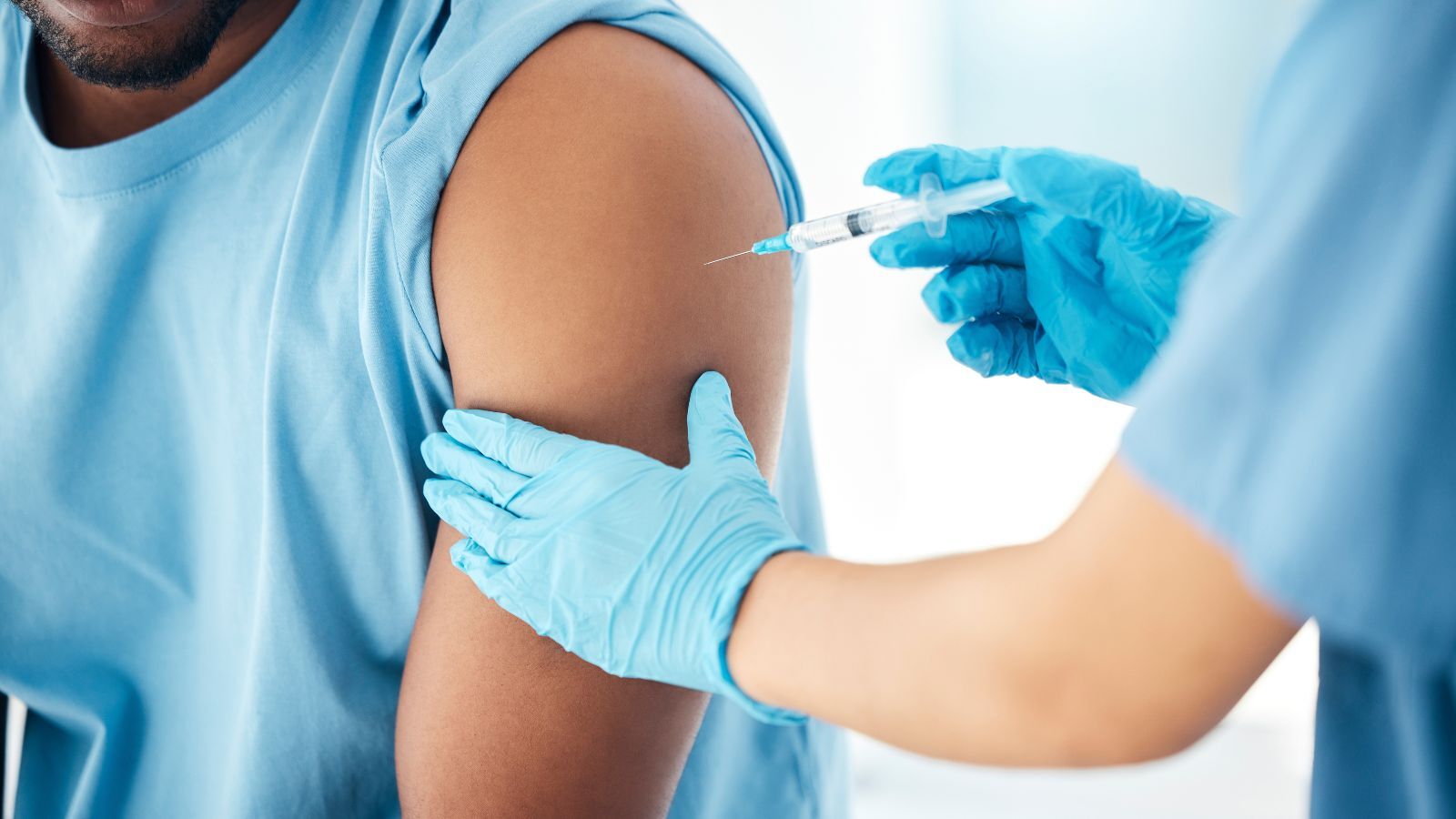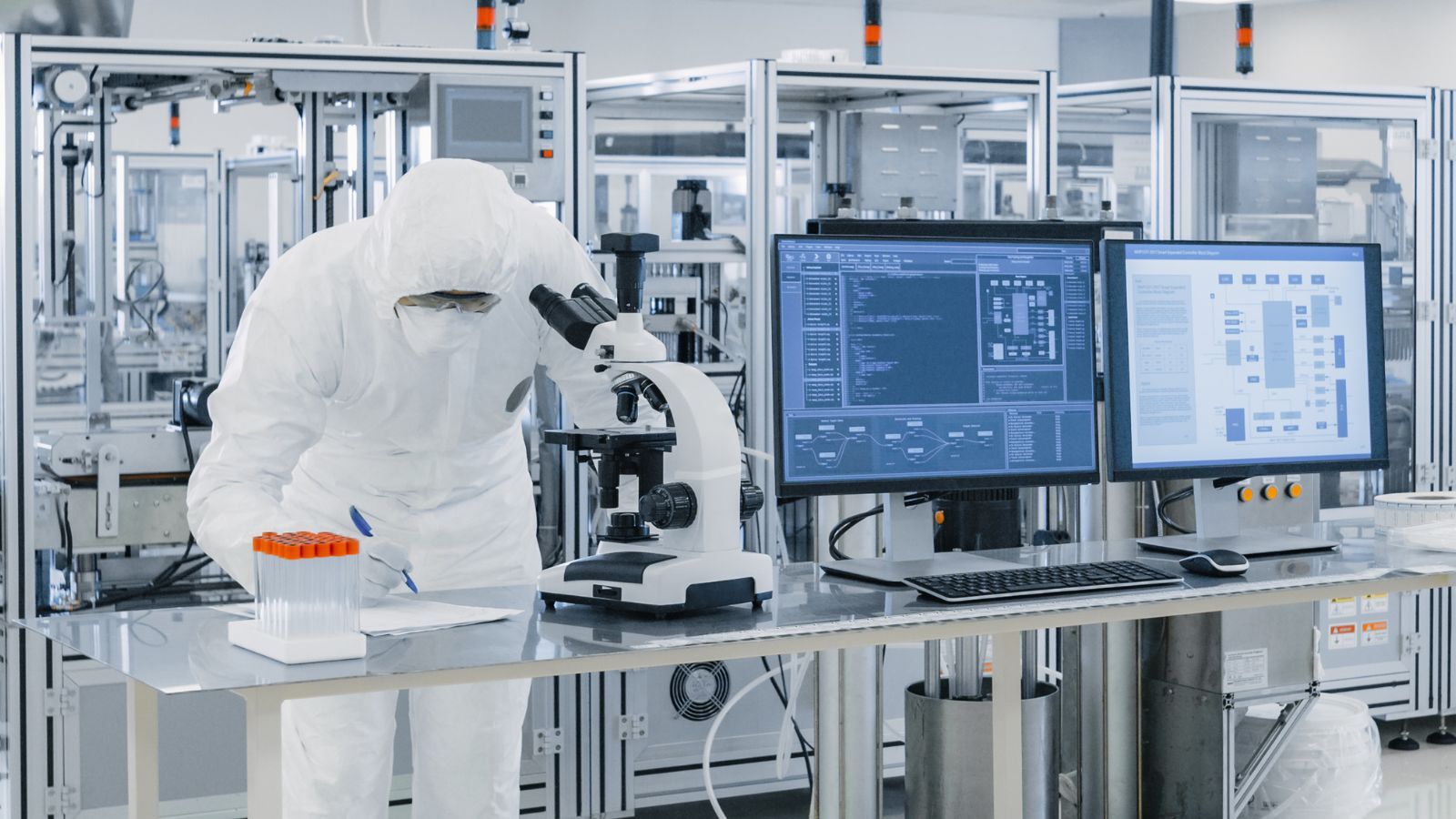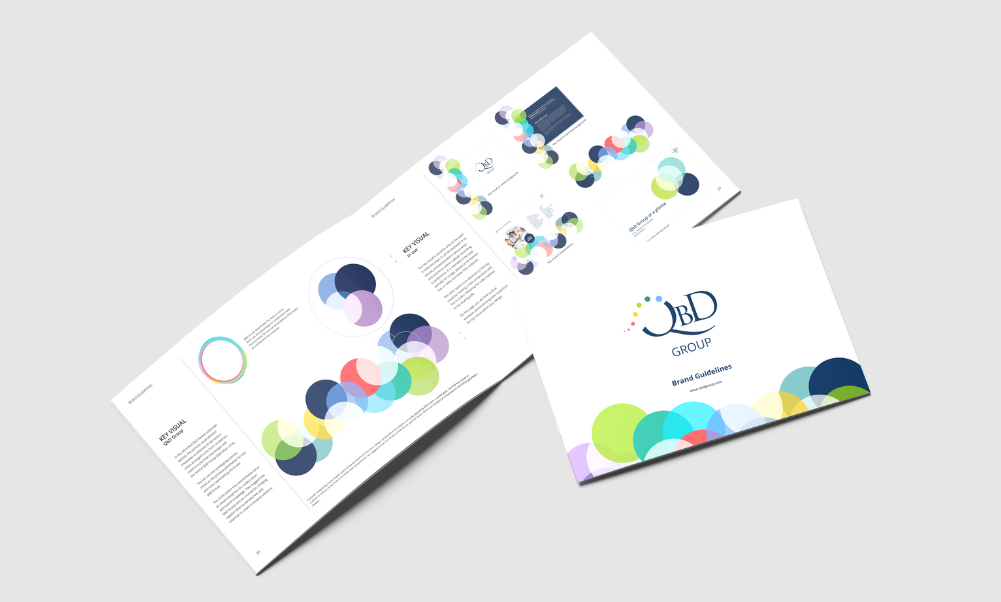With the introduction of the Medical Device Regulation (MDR), the requirements for placing medical devices on the market have significantly increased. Additional manufacturers’ obligations concerning post-market surveillance (PMS), including post-market clinical follow-up (PMCF), have gained importance.
Under the MDR, PMCF expectations include specific requirements, such as the need for a PMCF plan, specifying the methods and procedures for clinical data collection, and clearly stated objectives for PMCF activities for devices of all risk classes.
In this blog post, we will explore what PMS and, more specifically, PMCF entail and why they are vital for both manufacturers and users of medical devices.
Understanding PMS and PMCF under the MDR
PMS is a comprehensive process that manufacturers must establish to collect and review experiences gained from the medical devices they have placed on the market. The primary aim is to ensure that any potential safety issue is identified and assessed promptly, guaranteeing the continuous improvement of the device’s safety and performance.
PMCF is a component of the overall PMS. PMCF activities involve systematically and continuously collecting and analyzing real-world clinical data to confirm the safety and performance of the device throughout its entire lifetime. This ensures the acceptability of known risks and helps detect emerging risks or unforeseen adverse events.
Through PMS and PMCF, manufacturers can:
- Monitor the real-world use and performance of their device
- Identify and investigate any potential safety issues or adverse events
- Gather data to support new indications or improvement of existing products
- Fulfill regulatory requirements and maintain compliance with the MDR.
Various types of PMCF activities
Several types of PMCF activities can be undertaken by the manufacturer to gather post-market clinical data. Each type has its strengths and limitations, and the choice should be based on a thorough gap analysis of the existing clinical data.
This analysis should determine if the data cover the device’s lifetime, are sufficient in quantity and quality, support each claimed clinical benefit, and comply with current quality and ethical standards.
If any gaps are identified, PMCF activities should be planned. Usually, a combination of multiple PMCF activities is recommended to gather sufficient clinical data to support the MDR requirements.
Published literature
Registry studies
Patient registries offer an organized, systematic collecting of data on individuals with a specific disease, condition, or exposure. These registries help researchers:
- understand disease natural history,
- identify risk factors,
- evaluate treatment effectiveness, and
- monitor safety.
PMCF studies
- A robust data collection system needs to be established to collect accurate and comprehensive data from real-world use.
- Proper informed consent while respecting patient privacy is essential.
- Data gathering while minimizing the burden on healthcare providers requires careful planning and coordination.
- Ethical approval can be time-consuming, and.
- The cost of this type of investigation can be high.
Observational clinical investigations
Real-world data
Real-World Data (RWD) are data relating to patient health status and/or the delivery of health care routinely collected from various sources such as:
- electronic medical records that capture patient encounters and treatments,
- claims and billing data reflecting health care utilization and costs,
- product and disease registries,
- personal devices such as smartwatches, social media, health apps, etc.
Surveys, questionnaires, feedback from users
Surveys are a valuable way of collecting PMCF data through a questionnaire sent to healthcare professionals, customers or patients. High-quality surveys can even bridge a substantial gap in clinical evidence.
Surveys can either be patient-focused, where data collected are more specific around patients’ experience and outcomes. Here, the patient’s consent, ethics and GDPR will have to be taken into account. However, when designed to prospectively collect patient-reported outcomes and clinical outcomes, these surveys can be regarded as high-quality clinical data (rank 4) and may even be sufficient and a more cost-effective way, minimizing the need for clinical investigations.
User surveys, focusing on the output provided by healthcare professionals (or lay users) of the medical device, usually provide fewer specific data and are generally ranked to be of lower quality data because of their retrospective character, not focusing on clinical outcomes but more on the experience with the device and the occasional device deficiency.
Surveys also have their challenges for successful implementation, as the access to the end-user might be restricted, especially if a commercial distributor acts as an intermediary. The structure of the survey is of utmost importance to minimize bias; however, it cannot be too complex as this might result in a lack of responses.
Statistically designed surveys should ensure to provide sufficient evidence, but there should not be too many objectives as the loss of focus can result in skewed data; hence, experienced PMCF survey designers are needed to set up this type of activity.
Requirements for PMCF activities
PMCF activities must be meticulously planned and carefully designed to yield high-quality clinical data. Before planning, all clinical evidence should be reviewed, and gaps should be identified. Then, the following factors should be considered:
- Defining the objectives of the PMCF activities and aligning with the identified gaps,
- Sample size justification to create an appropriate plan (i.e., survey protocol, clinical investigation plan, etc.),
- Justification of the study design,
- Ethical requirements, if any,
- Data collection requirements,
- Statistical Analysis Plan,
- Reporting Requirements.
PMS and PMCF documentation
Post-market surveillance and PMCF studies should be thoroughly documented and trigger not only the update of the risk management documentation but also of the clinical evaluation and potentially the IFU and other applicable technical documents.
PMCF plan
In the PMCF plan, the manufacturer should document the methods in place to collect post-market clinical data on the device:
- The general methods and procedures
- A rationale of the appropriateness of these methods/procedures
- A reference to the relevant parts of the Clinical Evaluation Report
- The specific objectives addressed
- An evaluation of the clinical data related to similar or equivalent devices
- Reference to relevant CS/harmonized standards and relevant guidance
- Detailed and adequate time schedule of PMCF activities
The PMCF plan is a required element of the post-market surveillance plan unless a justification is provided according to Annex III, Technical Documentation on PMS. Annex XIV Part B lists all required elements of the PMCF Plan
PMCF report
The PMCF report documents the findings of the PMCF activities. It should refer to each PMCF activity that was carried out, the planned design, the data collection methods and intended patient population and any deviations of these plans.
The report should then detail what the actual data sources were, how data have been collected and analyzed, considering safety and performance and clinical benefits of the medical device in scope.
Any new findings should be identified, and the impact on the other technical documentation should be assessed. Recommendations should be provided for any necessary actions (e.g., labeling updates, risk mitigation measures, etc.).
This report is part of the clinical evaluation report and the technical documentation. Depending on the risk classification and type of the device, the PMCF report might be required to be updated annually.
PMS Report or Periodic Safety Update Report (PSUR) – Which one should you prepare?
Apart from the PMCF report, two types of documents, namely the PMS report and PSUR, can be prepared to report the general post-market surveillance data, depending on the device classification. The differences between the PMS report and the PSUR are outlined in MDR Articles 85 and 86.
PMS report
PMS reports are to be prepared for Class I devices and should present the post-market surveillance data and describe whether preventive or corrective actions were taken as a result of these activities. The PMS report is revised when necessary and provided to the competent authorities upon request, eliminating the requirement for submission.
PSUR
The PSUR is generally more comprehensive and focuses on safety and performance data over time. PSURs are specifically required for Class IIa to Class III devices and should provide:
- Post-market surveillance data
- Preventive and corrective actions taken
- Conclusions of the benefit-risk determination
- Results of the PMCF studies
- Device sales number
For Class IIa devices, PSURs should be updated whenever necessary and at least every 2 years, while an annual update is required for higher risk devices (Class IIb and III).
For Class III and implantable devices, PSURs must be made publicly available via EUDAMED, and the NB should also provide its evaluation on this electronic platform, offering transparency regarding the device’s safety and performance to healthcare providers and patients. For other device classes, the PSUR should only be provided to the NB and, upon request, to the competent authorities.
How can we assist you during the post-market stage of your medical device?
QbD Regulatory can help you to prepare the Technical Documentation, including risk management and post-market surveillance documents.
QbD Clinical Medical Writing specializes in performing the required Clinical Evaluation for your device, including addressing the possible gaps in clinical evidence for your device in scope. This involves reviewing and analyzing all necessary literature and writing the clinical evaluation plan and report.
Further gaps in clinical evidence can be handled by setting up the right PMCF activities, by writing the proper PMCF plan, including the defined activities to collect more clinical data on the safety and performance of the device under evaluation to eventually produce a PMCF report and, hence an updated clinical evaluation report in due time. These documents are created following all applicable guidance and regulations.
QbD Clinical Operations handles PMCF investigations from setup to execution and data analysis. Don’t hesitate to reach out to us for assistance, whether it is coaching, reviewing, or fully writing your technical documentation as required.







.png?width=109&height=108&name=Pharma%20(2).png)
.png?width=111&height=108&name=Medical%20Devices%20(2).png)
.png?width=84&height=107&name=IVD%20(2).png)
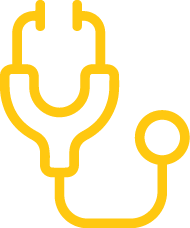

.png)





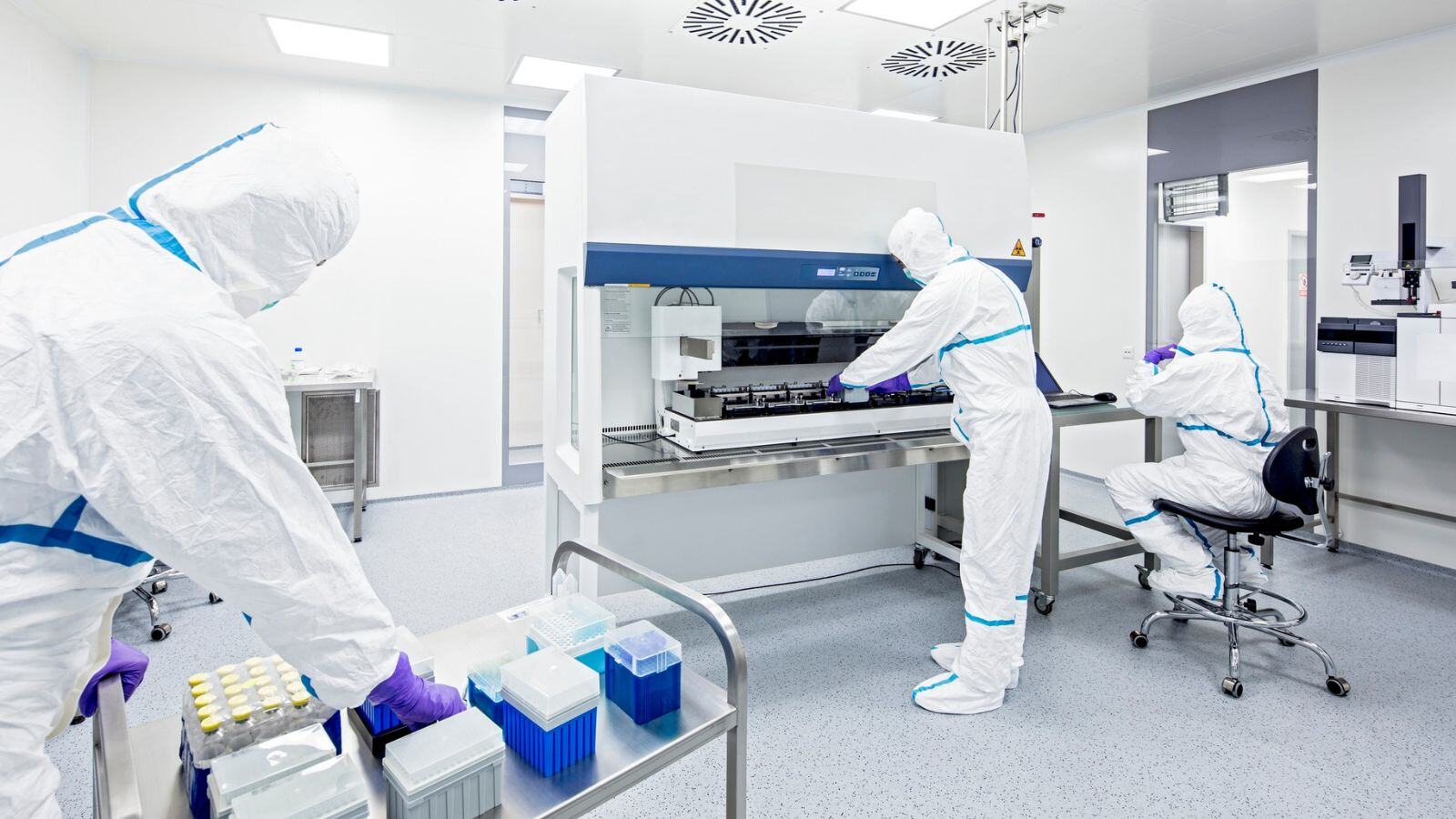
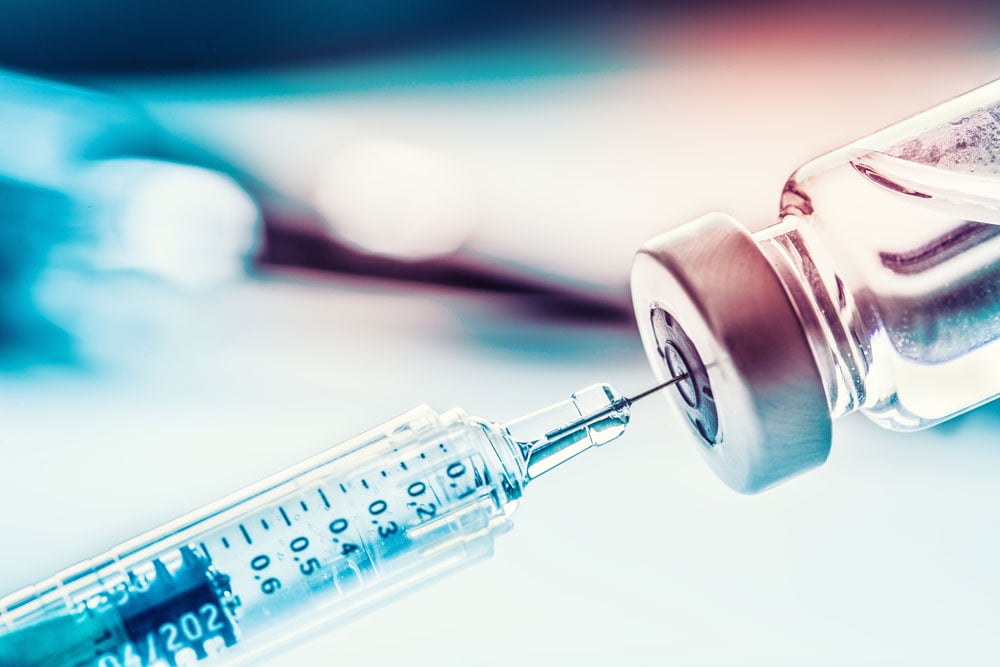






%20Checklist.jpg)




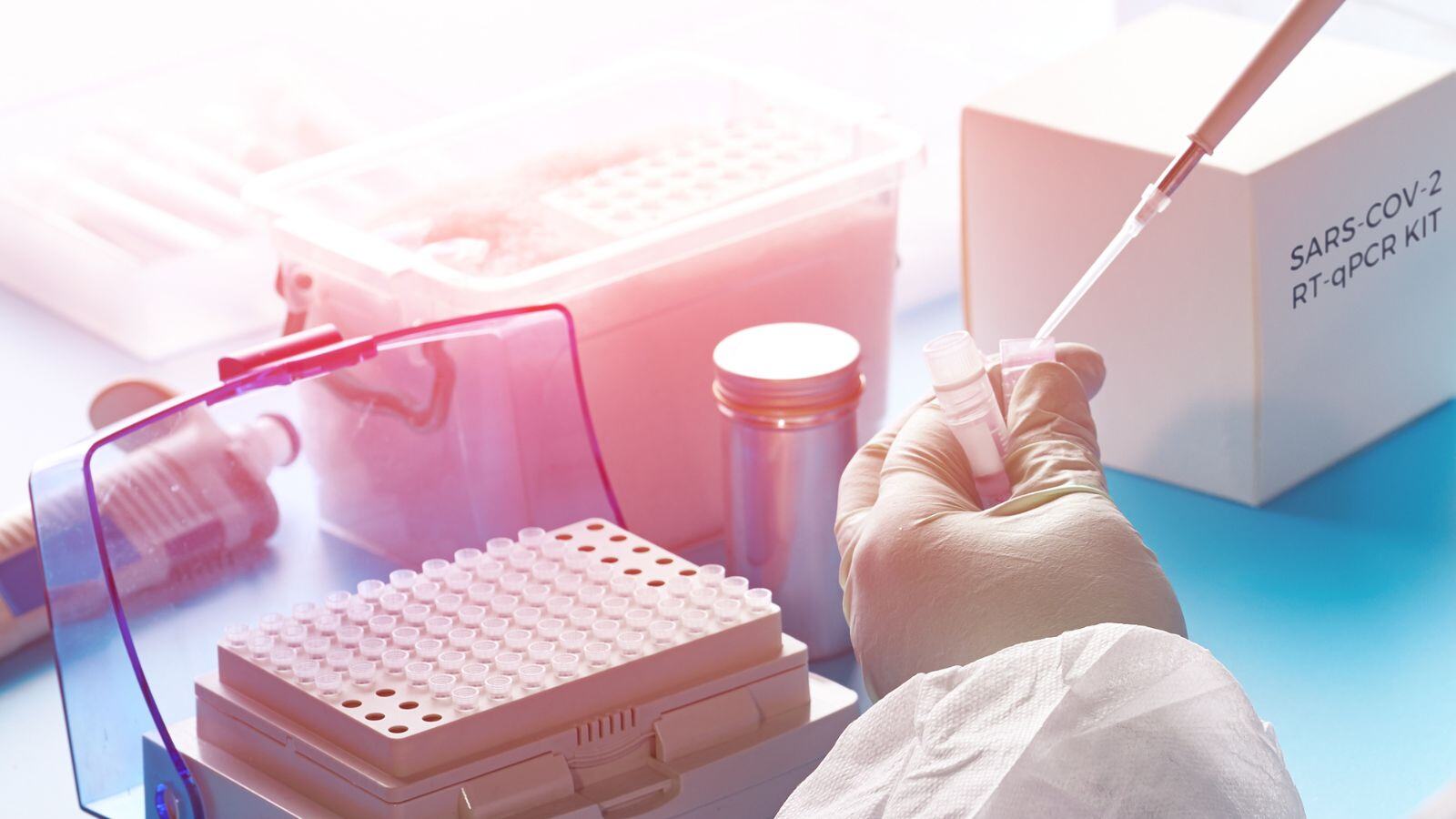


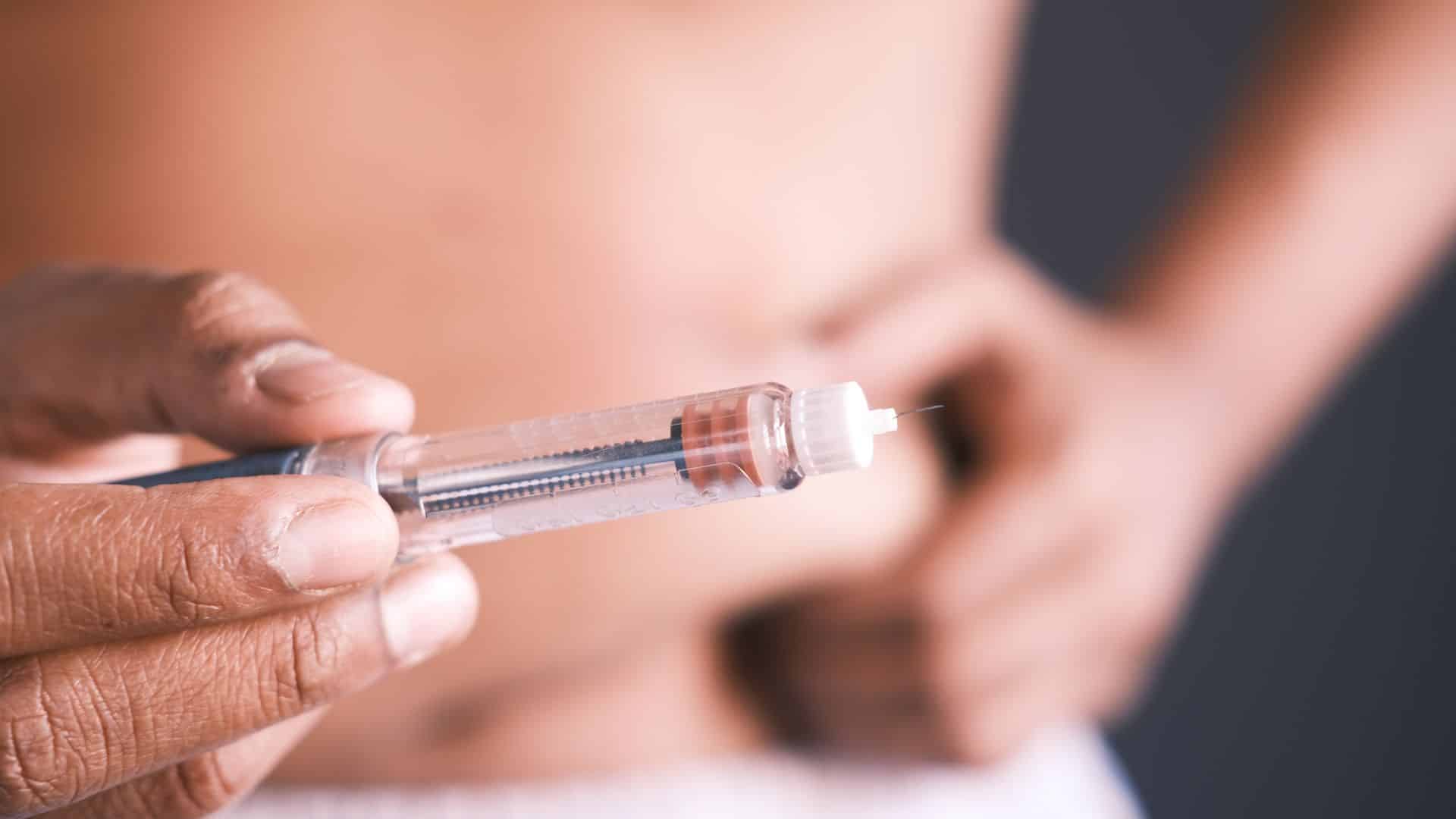


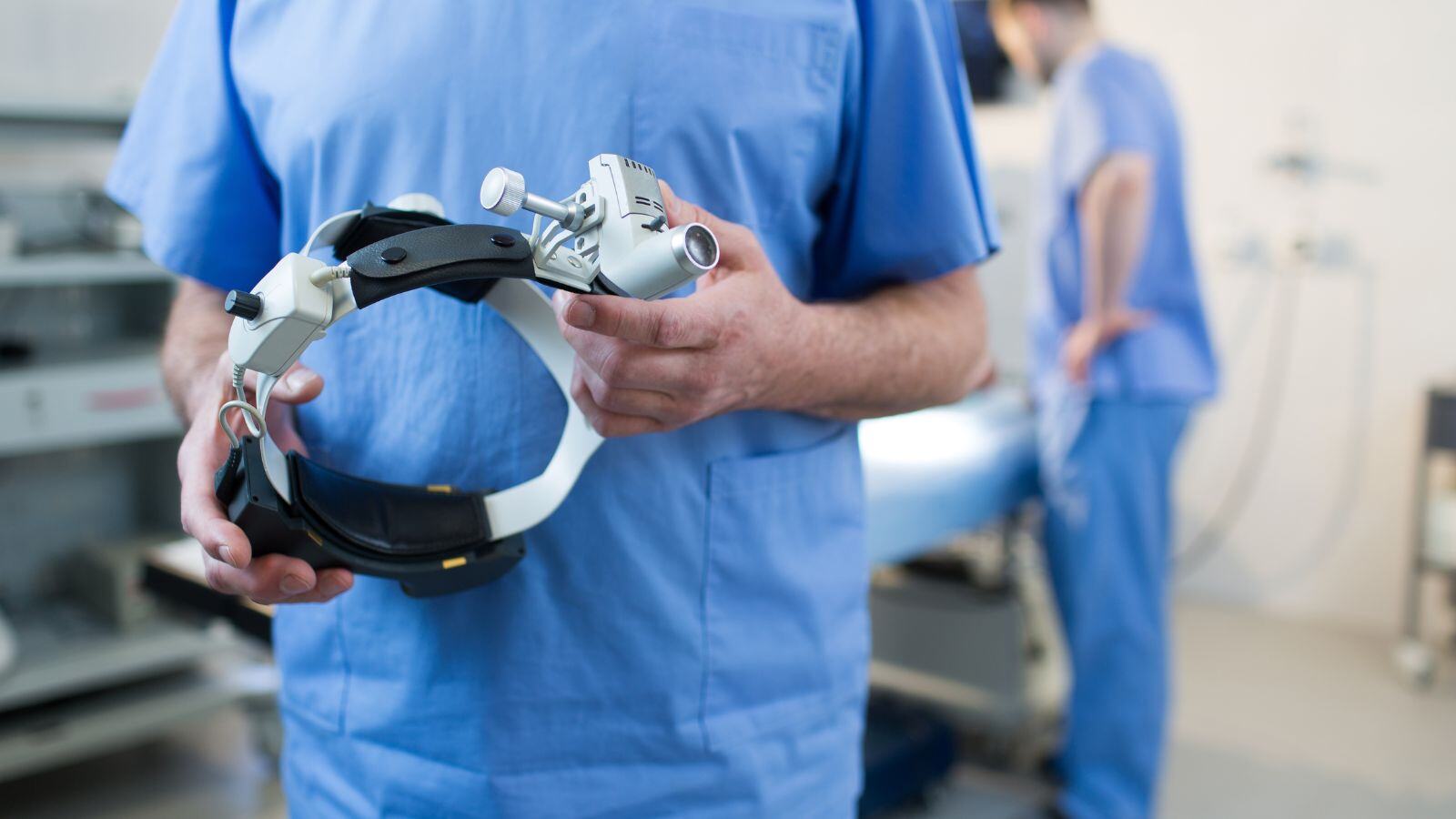
.jpg)
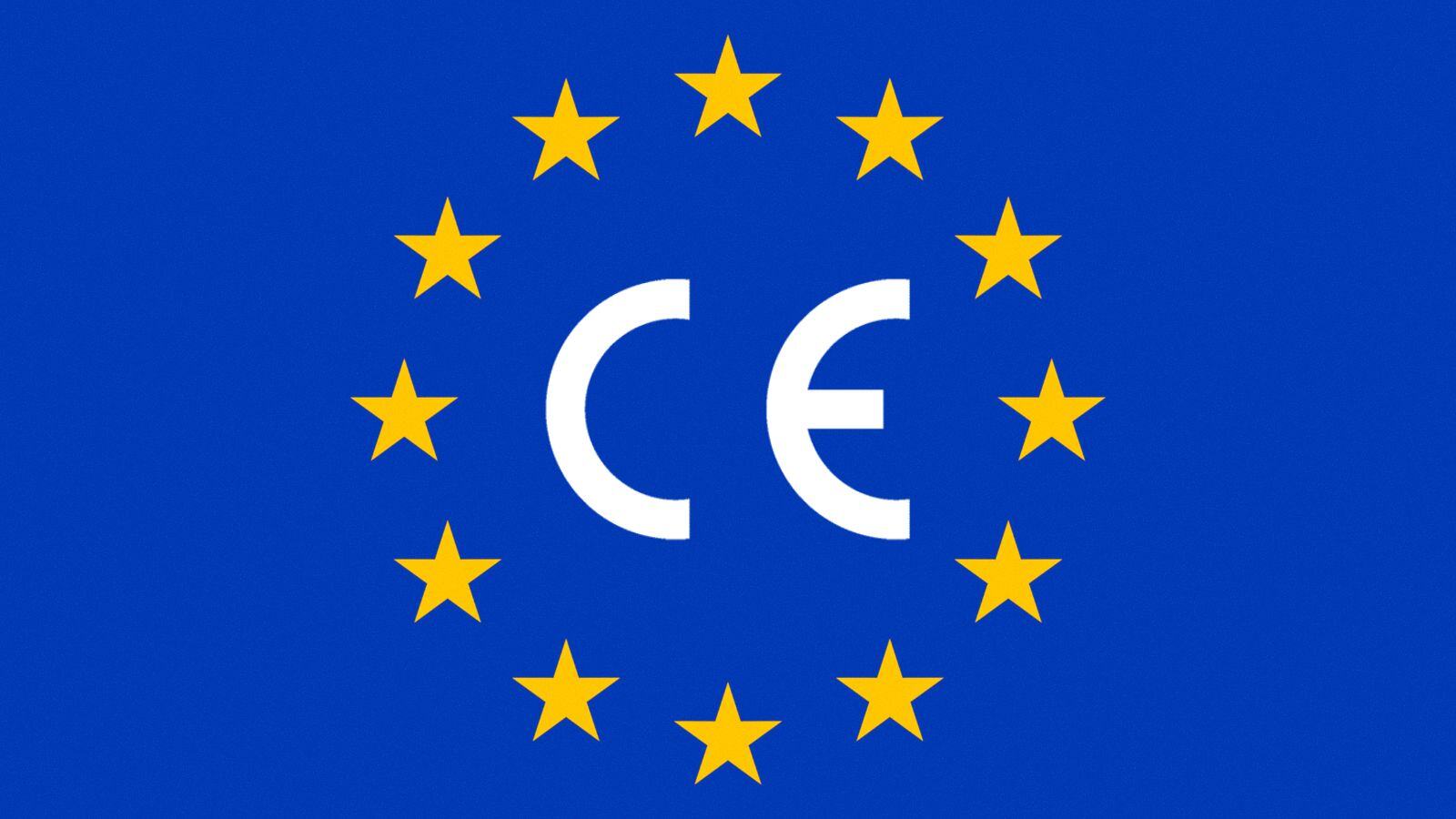



.jpg)





















.jpg)

.jpg)



.png)

.jpg)
.jpg)

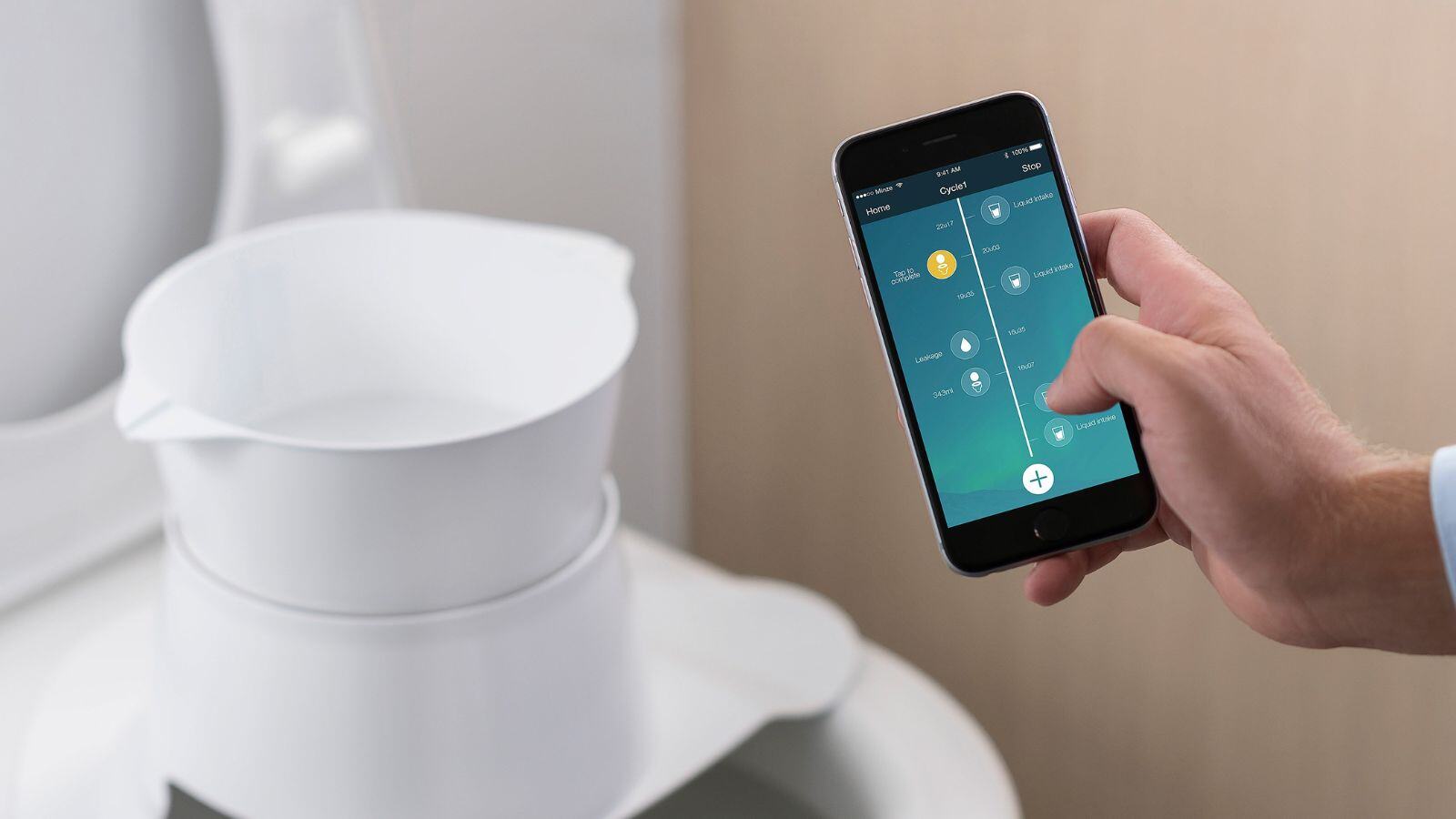
.jpg)
.jpg)

.jpg)
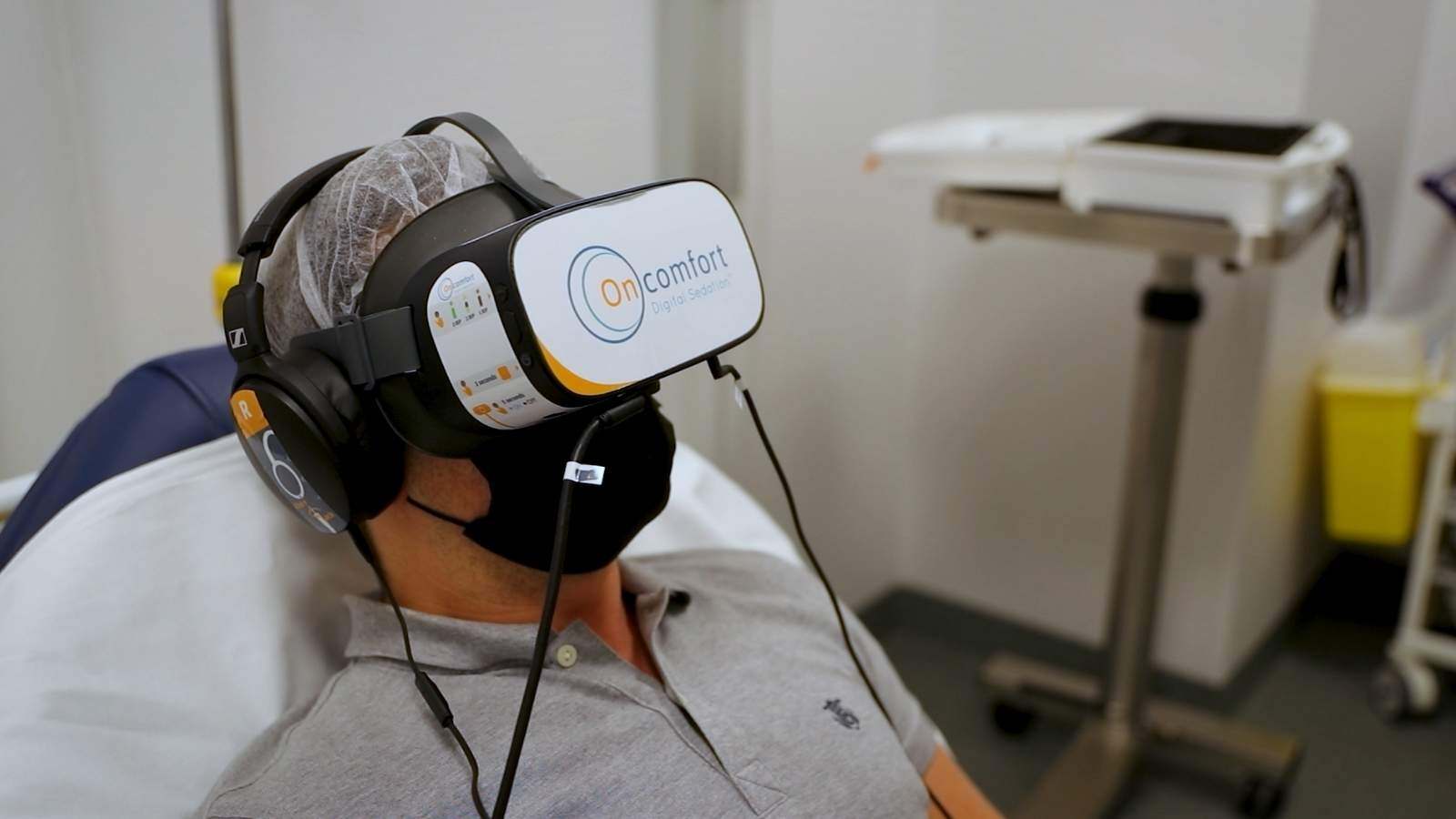
.png)


